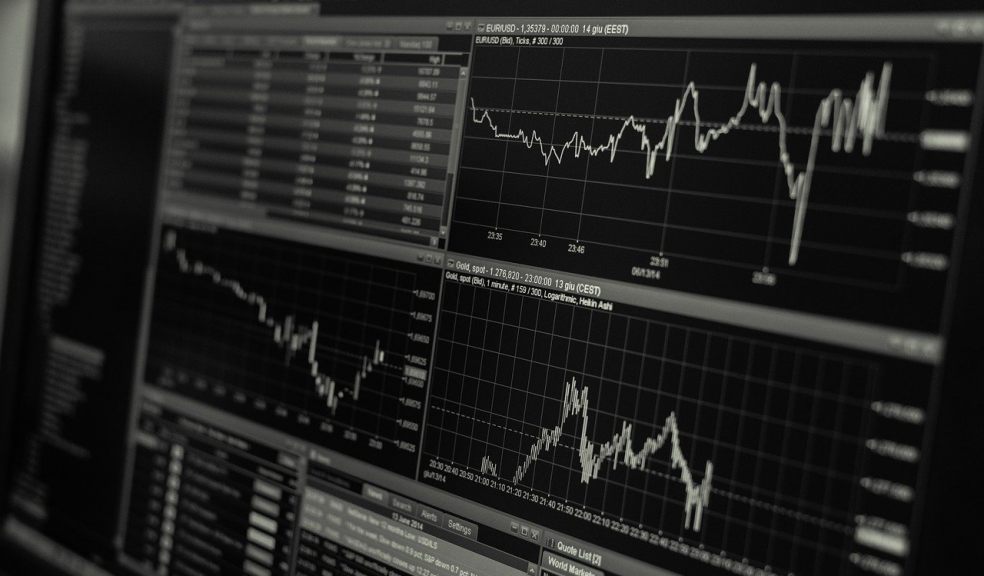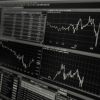
Forex: How to buy and sell
The notion of exchange has existed for centuries. Since the dawn of global trade, humans have been buying and selling currencies. Today, anyone can access the global market and capitalize on its trends. Here are the basics of retail trading activity.
Today, national currencies are bought and sold by institutions and individuals. Those acting as retail traders connect to the exchange through brokers and dedicated software. Learn all about Forex trading on https://trade-in.forex/, and see if it suits you. If you are willing to learn, this may become your steady source of income.
Overview of Instruments
So, what does trading actually involve? All accepted currencies are valued against one another, forming pairs. These follow the general formula: base currency/counter currency. Hence, the price for EUR/JPY shows how many Japanese yen one Euro costs.
There are two values at the same time: one for the seller (Bid) and one for the buyer (Ask). The former is always higher than the latter. The difference is known as the spread or major profit source for many brokers.
Most popular pairings include the US dollar. All combinations are classified based on the economies they represent. They may be:
- Major,
- Minor, or
- Exotic.
Generally, most liquid instruments belong to the largest economies (e.g., the Swiss franc, the British pound, or the Australian dollar). Liquidity means that the buyers and sellers find it easy to connect in the global over-the-counter market. Exotics like the Thai baht are notorious for their low liquidity, as they are linked to emerging economic systems.
Key Objective
The end goal is to foresee the direction of prices and take action to capitalize on predicted changes. Both upward and downward trends can be profitable when they are anticipated. For instance, if you expect the price to soar, you can buy more lots today and profit from selling them later (long position). On the other hand, if a decrease is projected, traders may sell their instruments through short positions. This way, they will buy more lots back.
Decisions are based on financial knowledge. Digital trading terminals give access to the latest economic news and assorted forecast aids. To understand when to open a position, a user monitors the markets closely. If they have little time for analysis, the job may be delegated to a strategy manager.

Betting on Price Movements
Forecasting tools make decision-making easier. Basically, any participant bets that their instrument will appreciate or depreciate against its counter currency. If the prediction comes true, they cash in. If it does not, they make a loss, which may be limited.
Automated features of digital platforms limit risks for buyers and sellers alike. Users specify the price at which their trade will be executed. Fluency in the financial analysis allows traders to spot favourable entry points. Timing is of the essence, but risk management is just as vital.

















